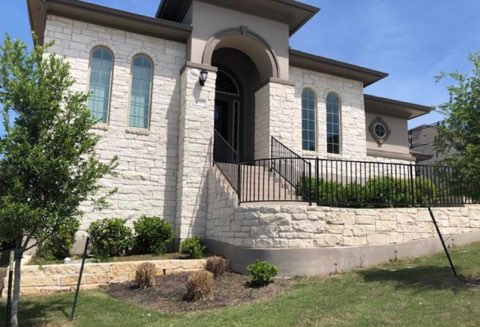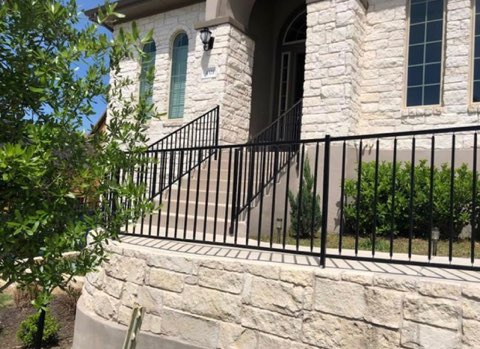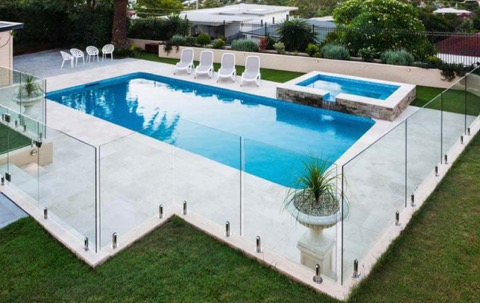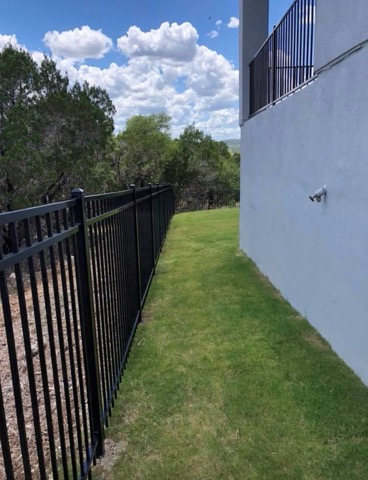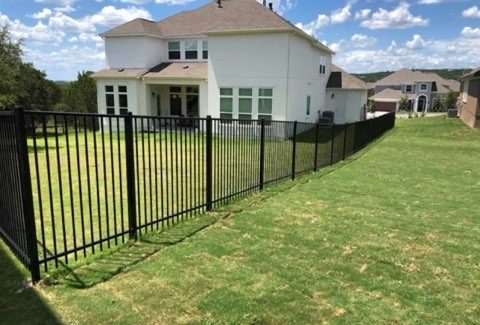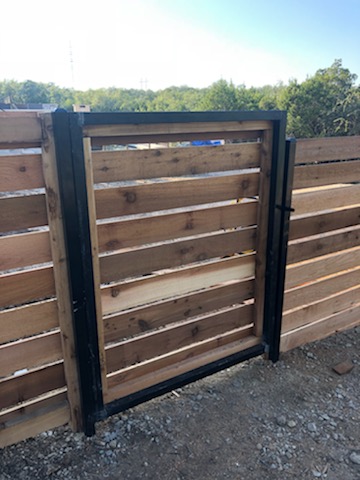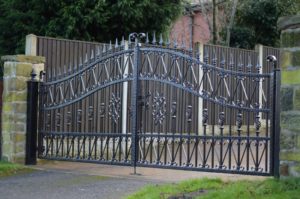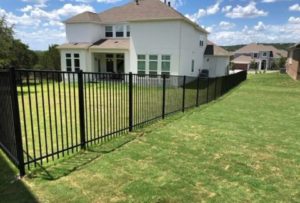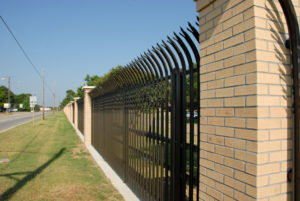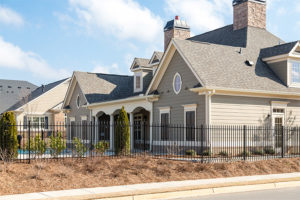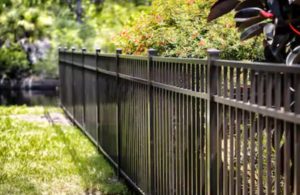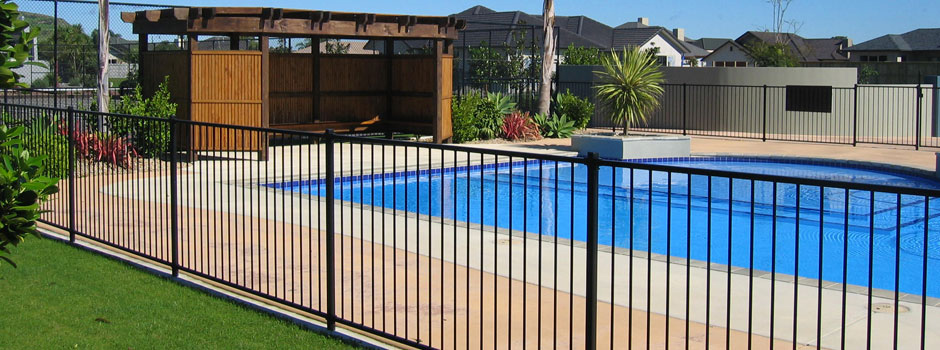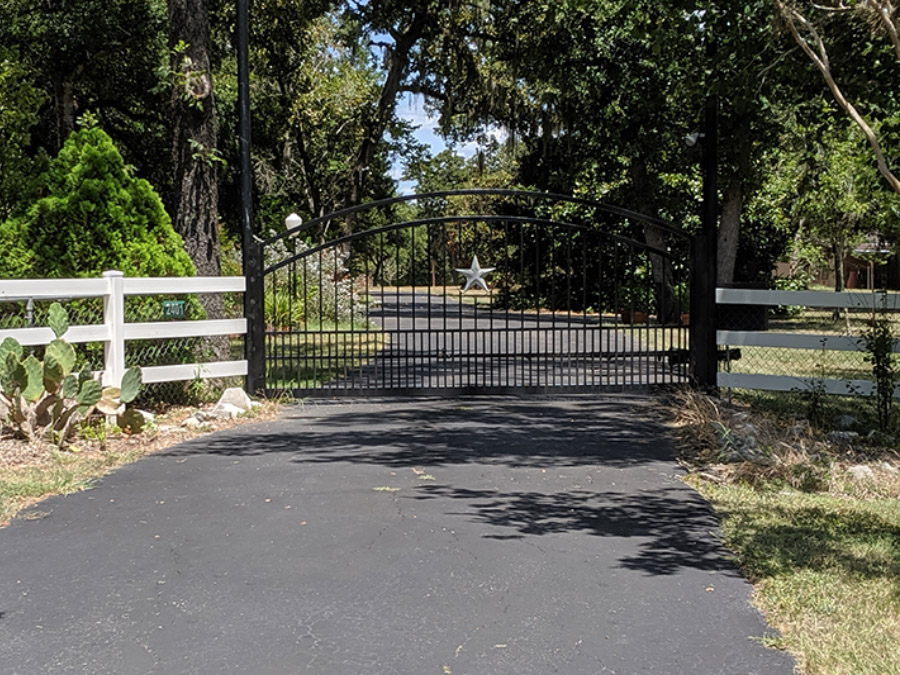Seven reasons to get an iron fence: Smart and Stylish Fencing for Outdoor Spaces
Fence projects are a great way to improve the appearance of your home. Residential fences can also protect you from unwanted visitors and keep children and pets on your property. Fence installation is a significant investment that should not be taken lightly. It may seem overwhelming to decide which type of fence will work best for your needs with so many options available. This blog post will cover seven things to consider before starting a project and a fence contractor Leander TX.
What is my fence installation needs?
Quality fences can be used for various purposes, including privacy for residential or commercial property security. Fence heights will vary depending on your goal as well. Determine what you need the fence to do before deciding which type of fencing project is right for you. Knowing these details will help narrow down your options so that you can select the perfect choice and exactly what design you're aiming for.
Where am I going to put it?
Leander TX fencing styles differ greatly depending on their use and place to other buildings or structures. For example, if placing a new fence around an existing structure such as a garden shed, consider how high the building is, whether drainage would affect this area (rainwater), etc. when determining appropriate height and fence style.
Quality residential fencing should be placed far enough away from windows to avoid obscuring views and close enough that they do not block access or sunlight.
What type of maintenance is required?
High-quality fence materials range greatly when it comes to their maintenance needs, so consider what you can commit to regularly before choosing your preferred option for privacy fences. Gates need hinges cleaned and maintained; wood fences may need fresh coats of stain every few years; wrought iron requires little-to-no fence repair (except cleaning).
Fencing styles with more intricate details like ornamental steel will require extra attention over time as well. A great way to determine which Austin material works best for you is by asking yourself: "How often" would I be willing to maintain the fence?"
How will it affect my neighbors?
Privacy fences are not just for your property; they can also significantly impact neighboring homes. If you want to put up a new Leander fence that encroaches onto your neighbor for whatever reason, ask them first! Even if it is already in writing in your homeowner's agreement, getting permission from everyone involved before beginning construction is always the best practice.
Depending on what type of fencing you want and where its proposed location falls within city ordinances, you may even need an official variance permit. No matter how much or how little of their land you take over with the new barrier, make sure those affected by this decision also approve!
Fences can be a great way to improve the appearance of your home. Still, they also have the potential to affect those around you.
Is security fencing right for me?
A fence project intended as a barrier against intruders should be built with strength and durability in mind. Security fences are often made from wrought iron or aluminum materials because their heavy-duty construction makes them difficult to climb over or cut through without proper tools.
Iron bars may help prevent break-ins by preventing thieves from seeing inside an enclosed area (such as the backyard). Austin fences meant only for decoration will not offer this same level of protection, so consider how much safety you need before choosing which type works best for you.
Do I have enough space?
Fencing styles vary significantly in their height, width, and length. If you are considering a fence for your yard or garden beds, measure the area to be enclosed so that you can ensure there is adequate room. While it may seem overkill now, making sure the fencing will fit where you want it before construction begins will save time later on during installation (and possibly money if materials need to be returned).
Fences should also not interfere with access points such as walkways or driveways; make sure they do not block these pathways. You might even consider working with a Leander fencing company when choosing custom designs and what type will fit your requirements.
What are the popular styles of iron fencing?
Below are some of the famous fencing styles that Texas homeowners are choosing for their homes.
Picket fence
It is made of vertical iron bars thicker in the middle and tapers to a point at the top. These types of fences have three or more panels attached by bolts, screws, or rivets.
Rail fencing (also known as ranch fencing)
This type has two thick horizontal rails with thinner crossbars that form diamonds between them. It's typically constructed from steel poles that sit on concrete footings about every six feet apart along an entire borderline.
Posts can be set into poured concrete for added stability; however, they may also be driven into the ground using only soil if you don't mind uneven footing around your property line. Rail fences use shorter posts than pickets, and they carry as much weight.
Split rail fencing
It comprises individual rails attached to posts and forms a "z" shape and" i" layout design. Split rails can be used individually or grouped for an even stronger fence line, especially if connected by another material like wire mesh between them.
They work well along property lines where you might need temporary protection without any commitment. They don't require concrete footings or bolts/screws/rivets to set them into place.
Most split rail fences will have no more than four horizontal rails with shorter crossbars. If your main goal is to keep pets contained within certain areas, this style would undoubtedly do the trick! You could also use it around play areas where children can roam free to give everyone a little extra peace of mind.
Wrought iron fencing
This is one of the most common and best fence types used in residential settings and comes in both decorative and functional styles. These iron fences typically feature four horizontal bars and thicker crossbars than those found on picket fences but not as wide as rails or split rail options. The rungs between bars are much thinner, allowing easy passage for people while still providing security against unwanted entry by animals or small children.
Wrought iron fences are often seen running along driveways leading up to homes or commercial buildings, making them an excellent choice for blocking off any area around your property without obstructing views from your home. They're sturdy enough to stand up against the weather and are easy enough to clean with a simple garden hose.
Ornamental iron fence
It is similar to traditional picket fencing but features more ornate designs consisting of pointed tops instead of rounded ones. The extra detailing makes them look much less industrial than other types, so they're for decorative purposes at front entrances or around outdoor living spaces that you want guests to admire when coming over.
These fences work well for pool areas where children might be present since their design offers plenty of visibility while still looking classy within your landscaping plan.
Basketweave railings
It provides an even stronger barrier between protected areas because they consist entirely of horizontal rails without vertical posts. The top rail is usually made up of thick iron bars perpendicular to the rest creating a basket weave appearance on each side.
This style might be used for fencing around commercial buildings, or private pools where you want additional security without obstructing views like wrought iron would do with its vertical posts and crossbars.
These rails can also come in different colors (such as black) if you want them to match certain décor styles; however, this type of fence does require specialized installation, which adds some cost onto your final price tag depending on how complex it needs to be set-up.
Gates
Gates are probably one of the essential features of outdoor space because they're people's access to protected areas by fences within your lot. The two types of gates to consider are retractable and swing open because they both offer different benefits depending on how you want your fence to operate.
A swinging gate is ideal for larger fences that need a large opening area while still offering good security. In contrast, the sliding variety works better with smaller spaces where specific areas require less movement.
Of course, there are options like electronic or automatic gates if having an actual person working the latch would be inconvenient (i.e., at night when it might not be safe).
The bottom line
There's no "one size fits all" answer here since every design and fencing material has its pros/cons based upon each unique situation. It all comes down to what you need and want within each case, so it might take some time before finding the right option that works best with your house or commercial space – but then again, that's the fun part.
When it comes to fencing, you deserve the best. It would help if you settled for a fence to serve your needs and protect what matters most in life. For those on the fence about what to do, we recommend consulting with our team of contractors at Leander Fence Builders.
We will help and guide you through this process without any pressure or obligation. We provide free quotes, so there is no risk involved! If nothing else, give us a call today and see how much time and stress we can save you from having to do this yourself. Get the best fence with reliable, professional services in Texas.
CONTACT US
Leander Fence Builders
Leander, TX 78646
(512) 866-2454

2019 Leander Fence Builders | Photo Credits
